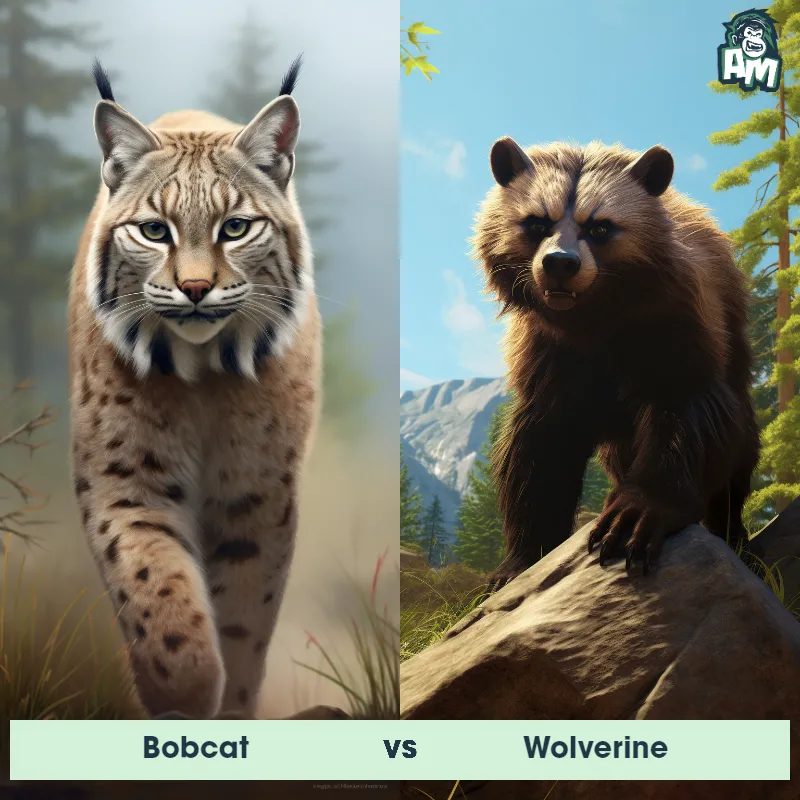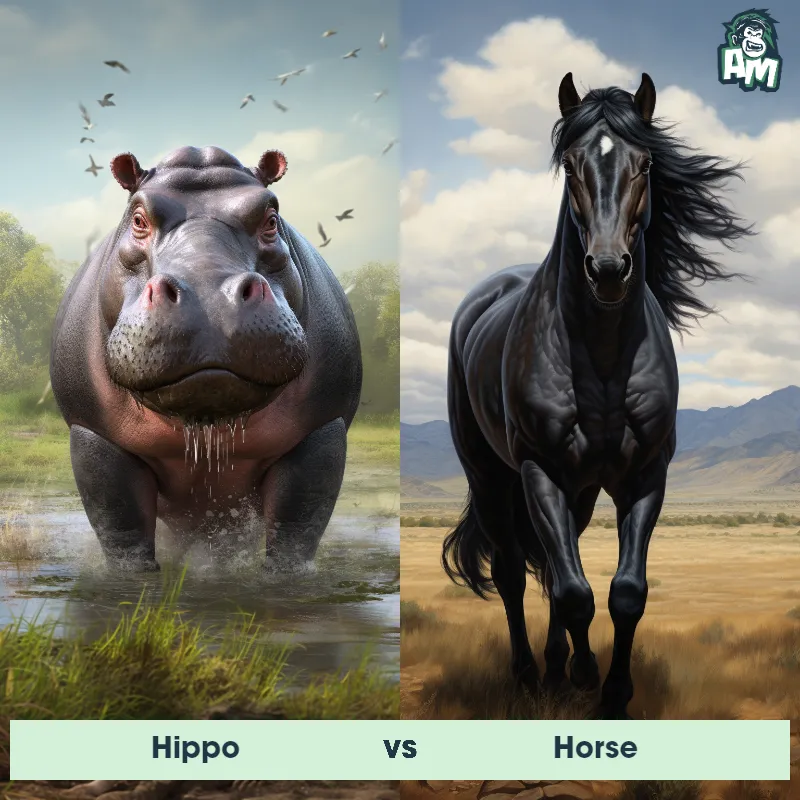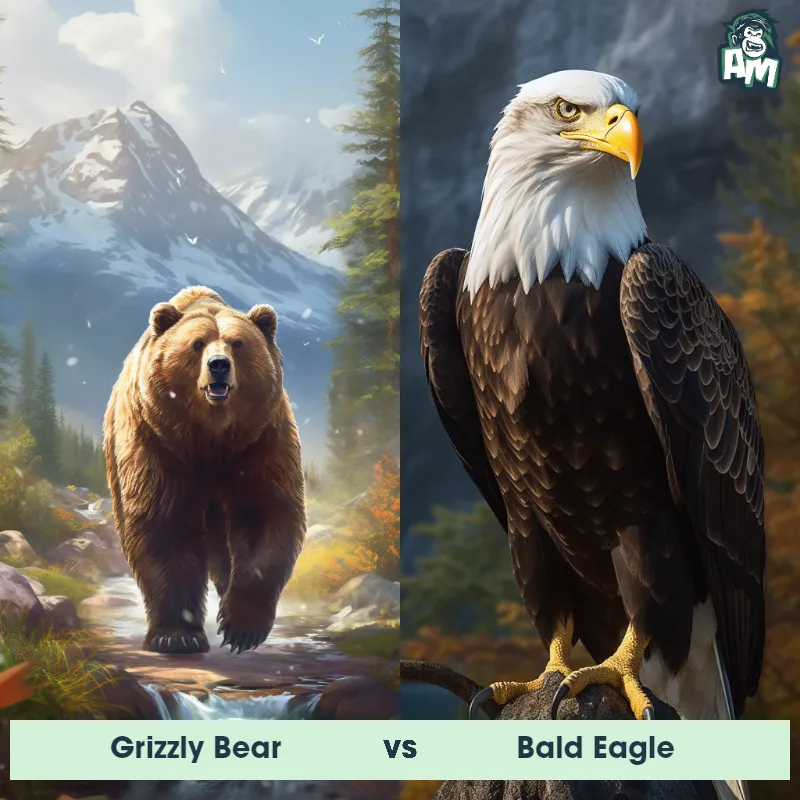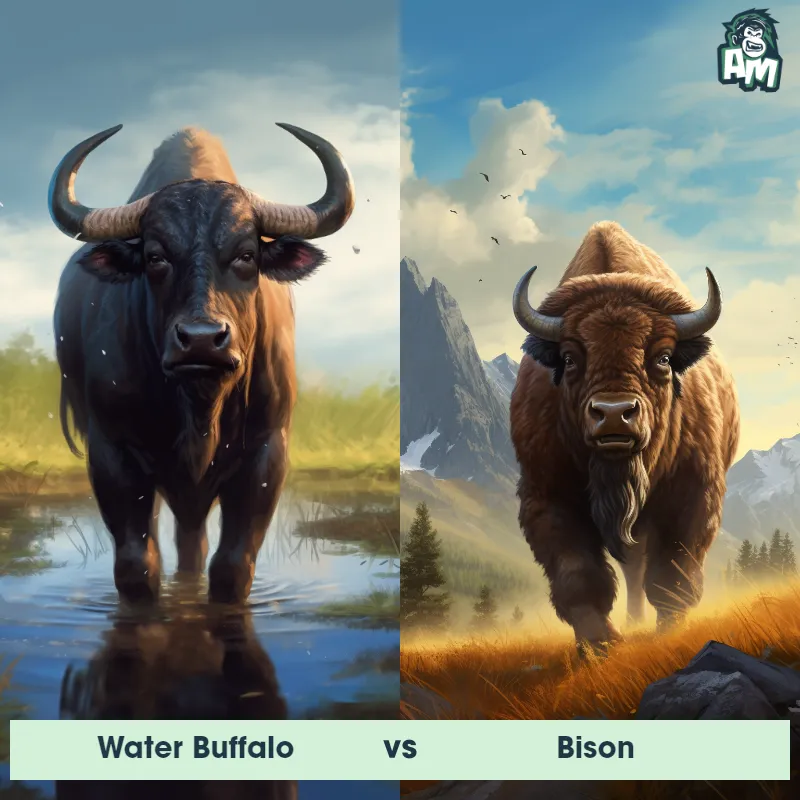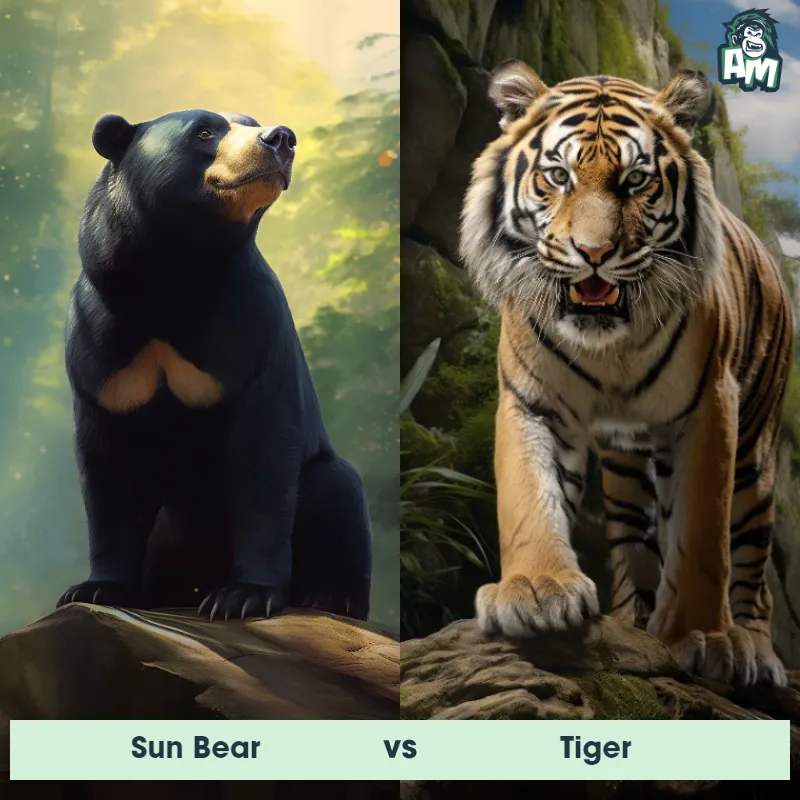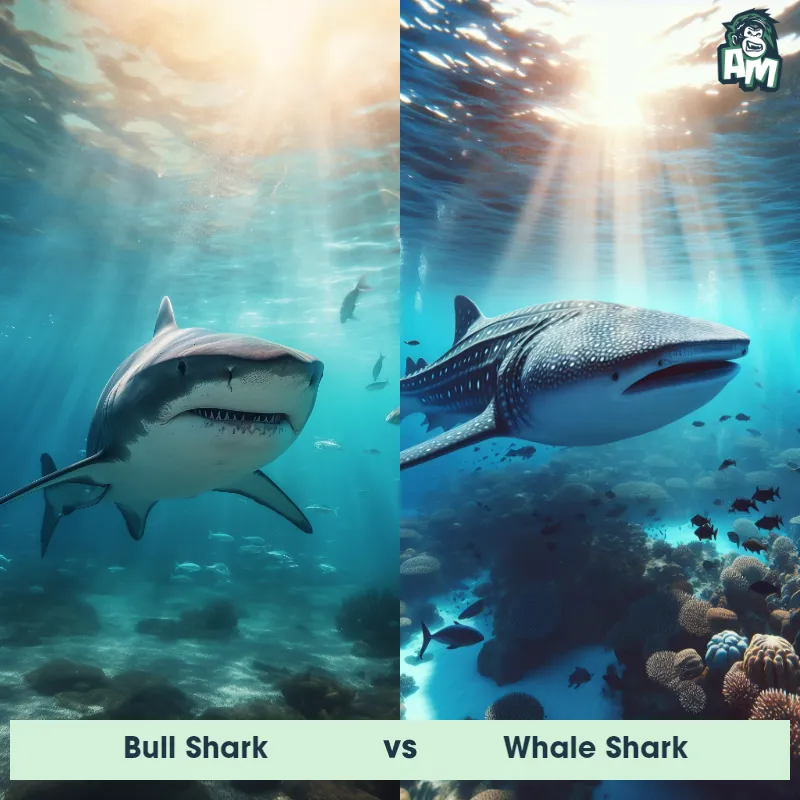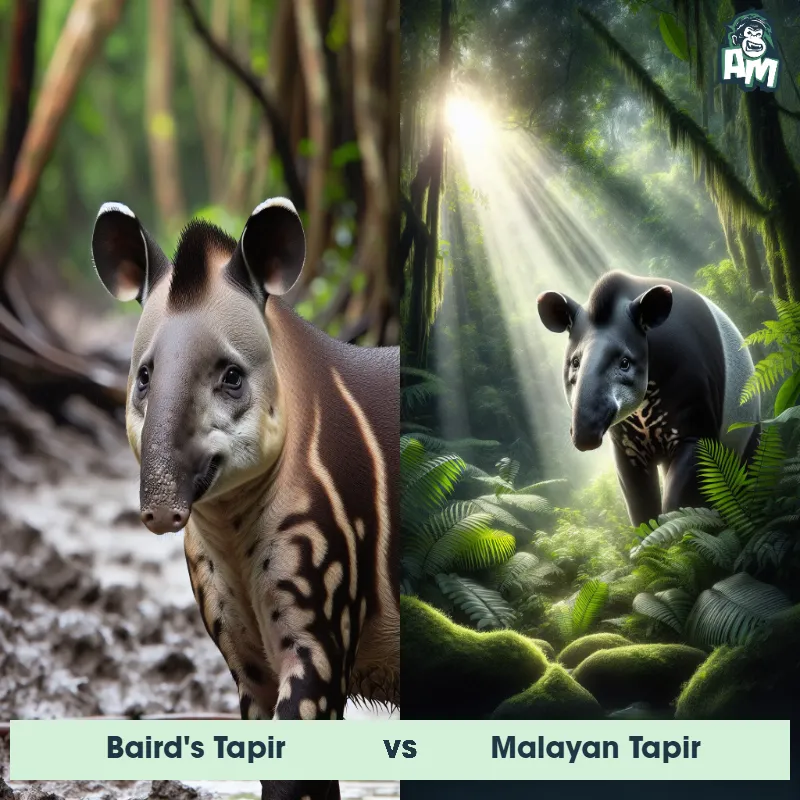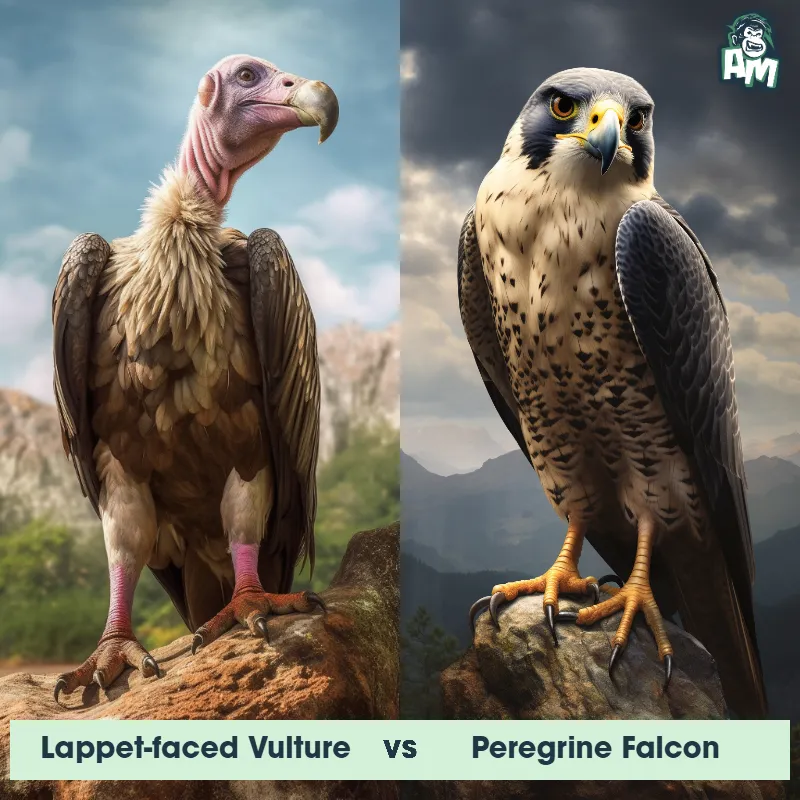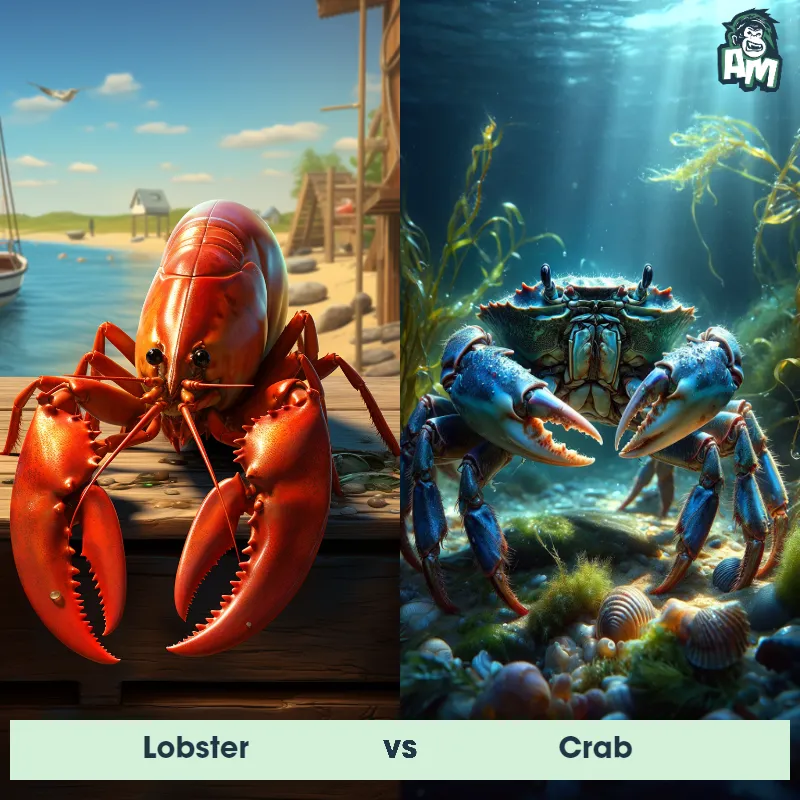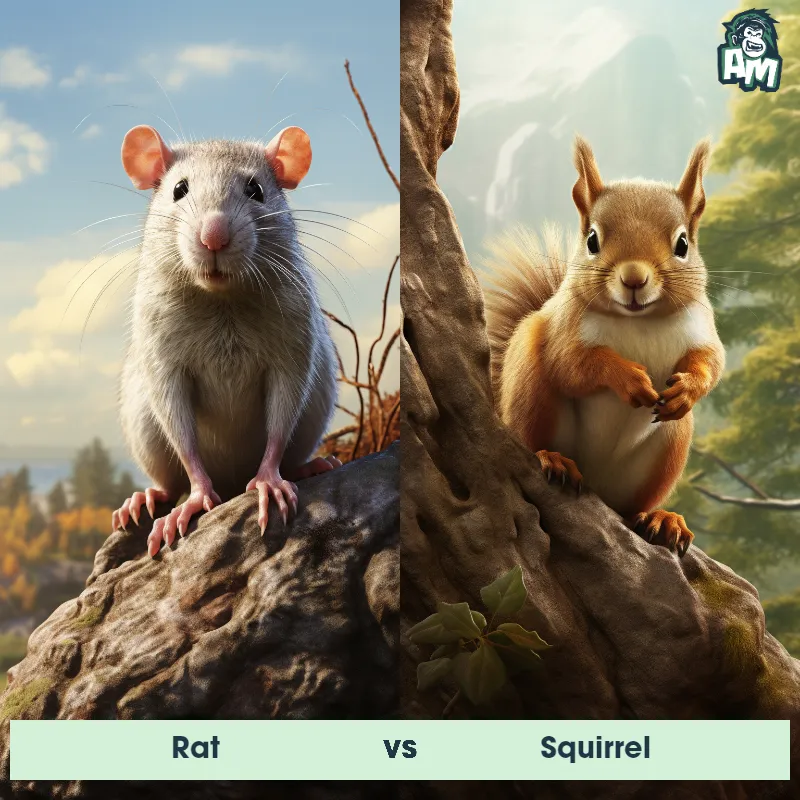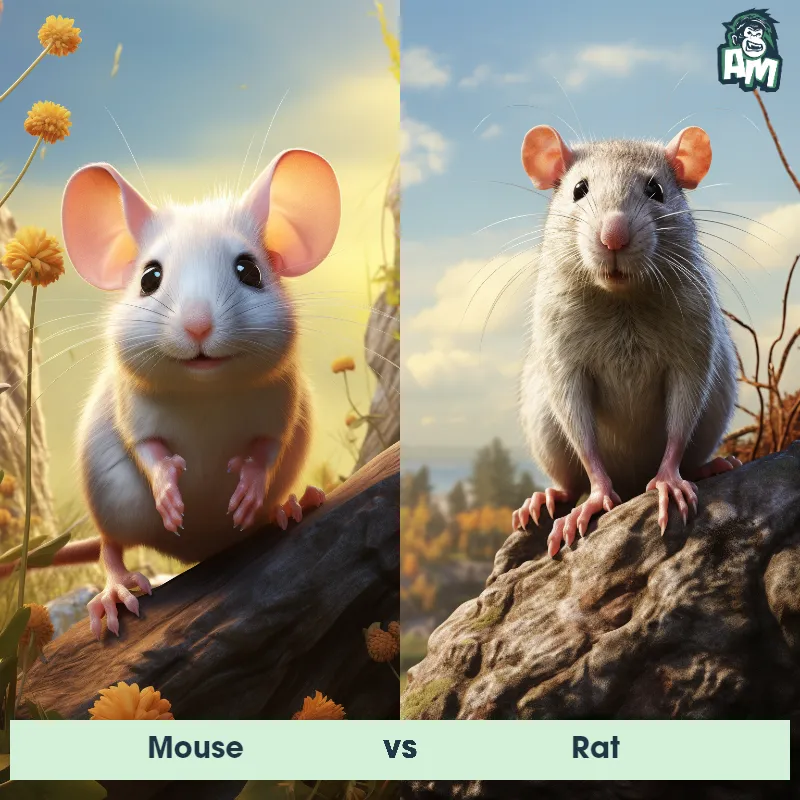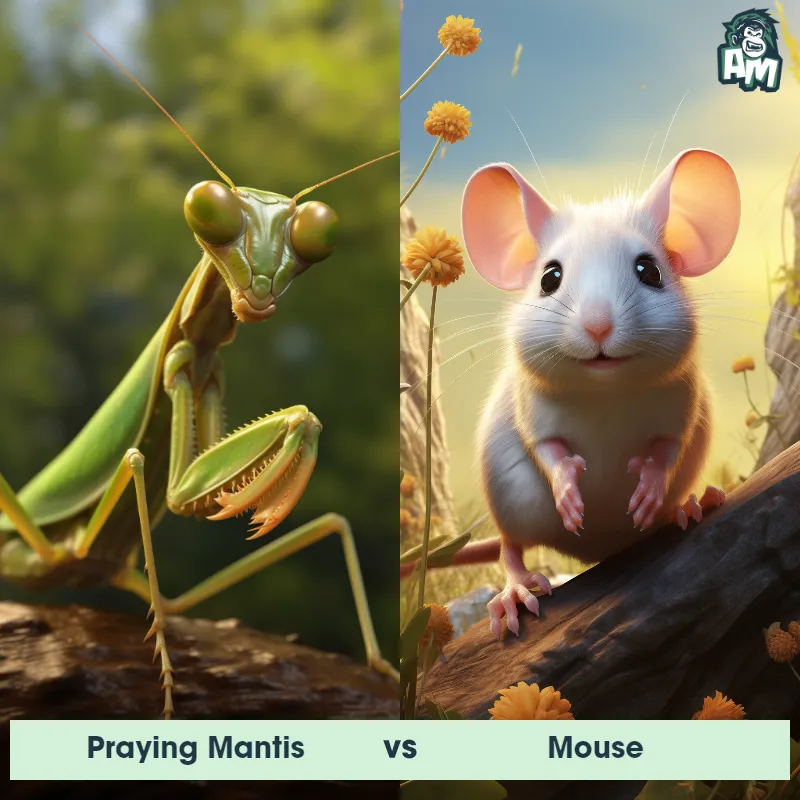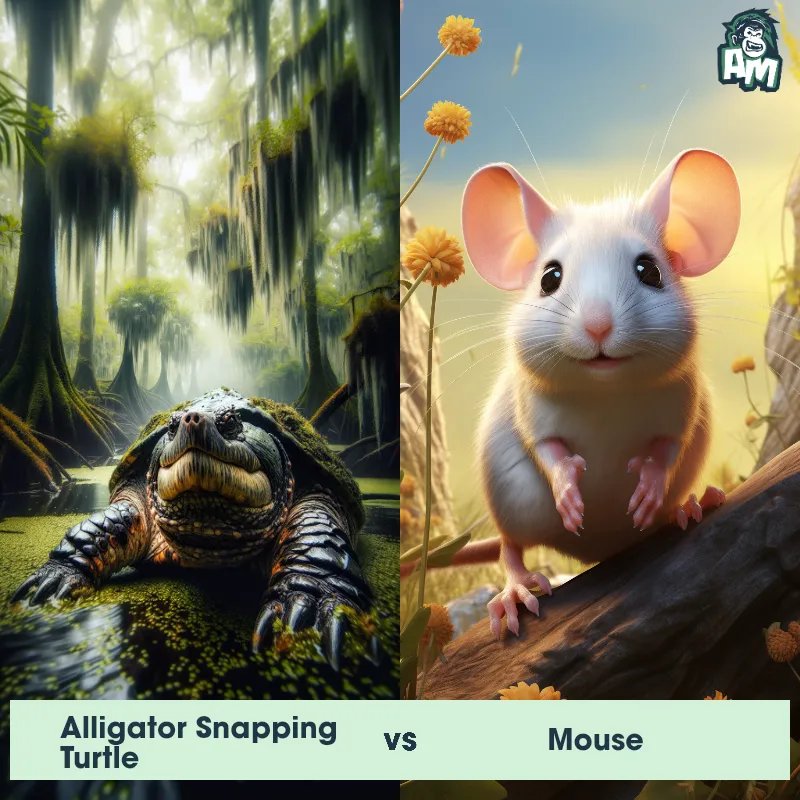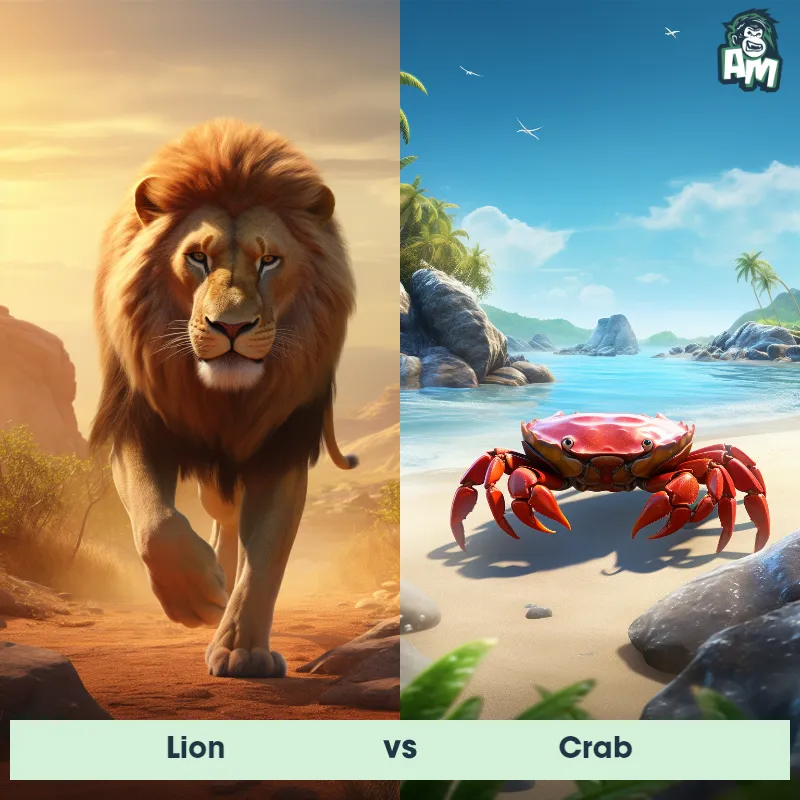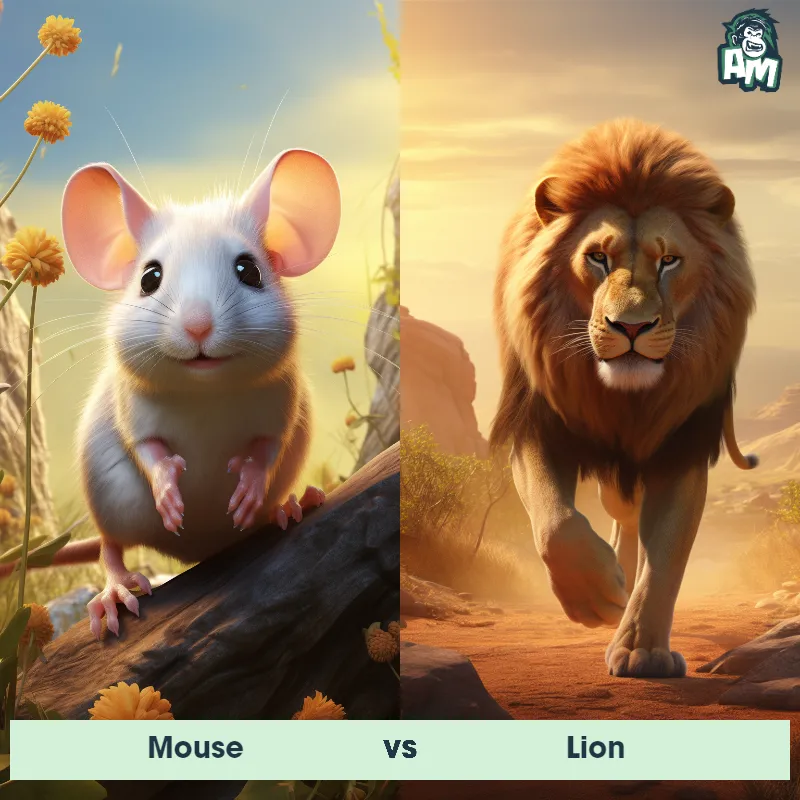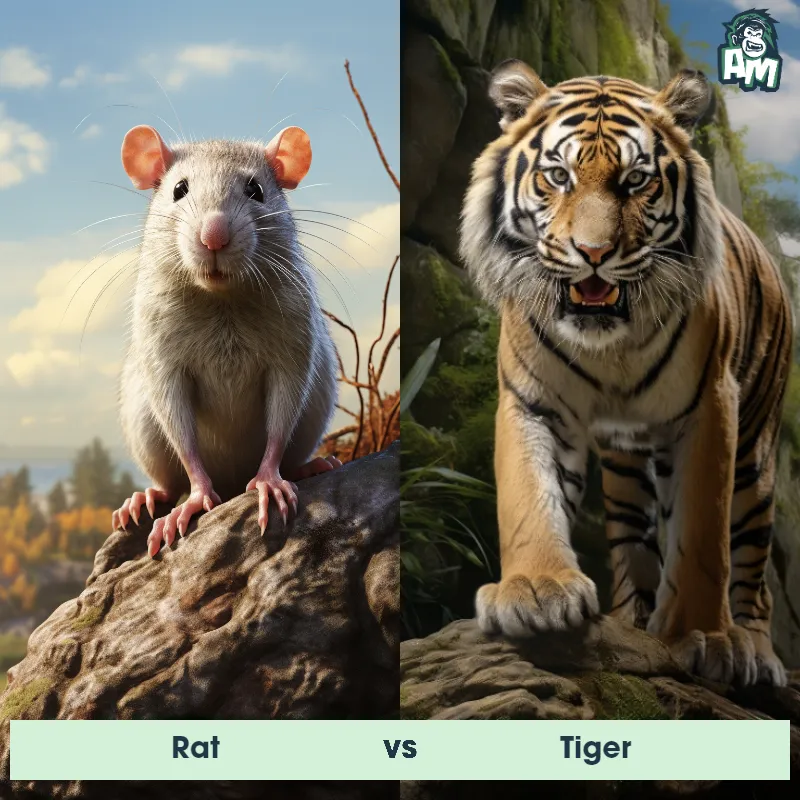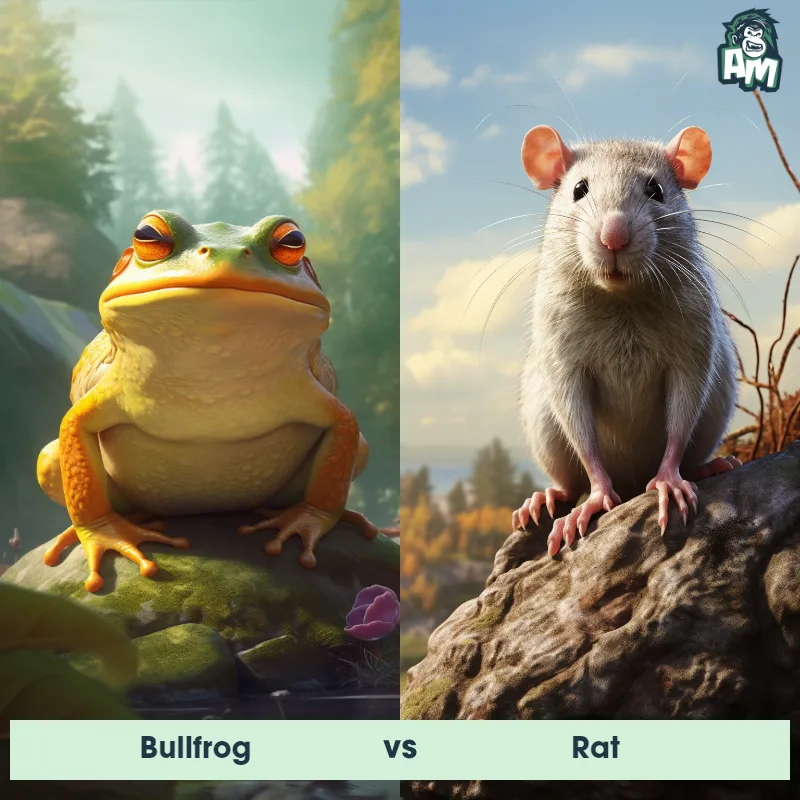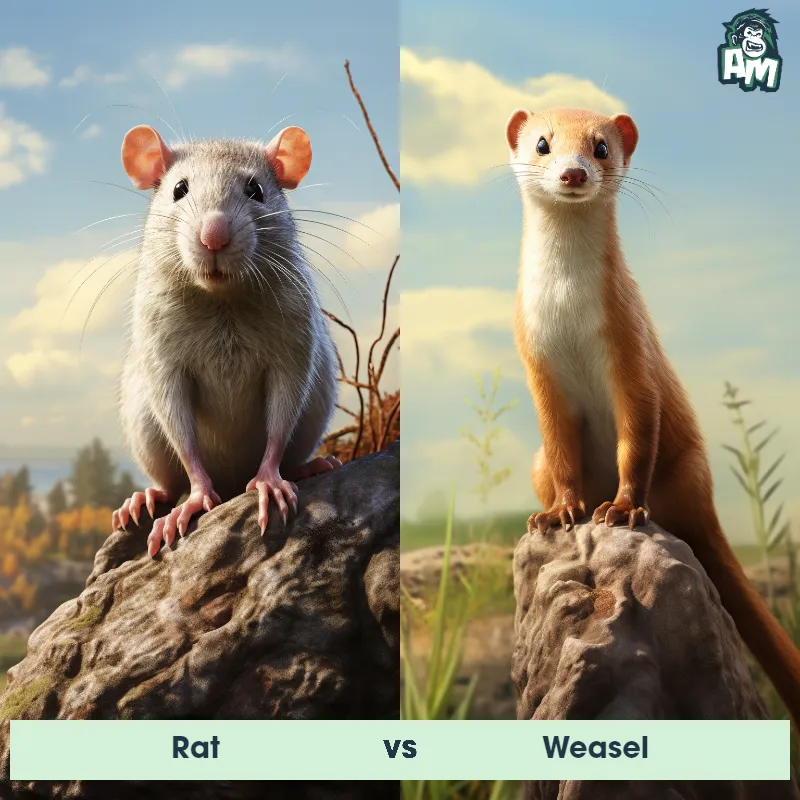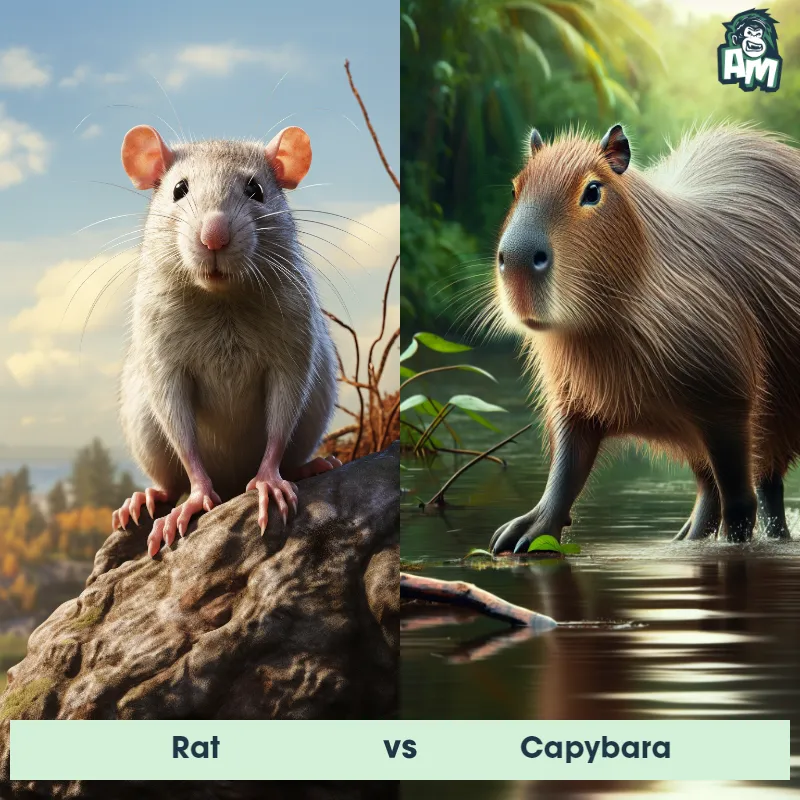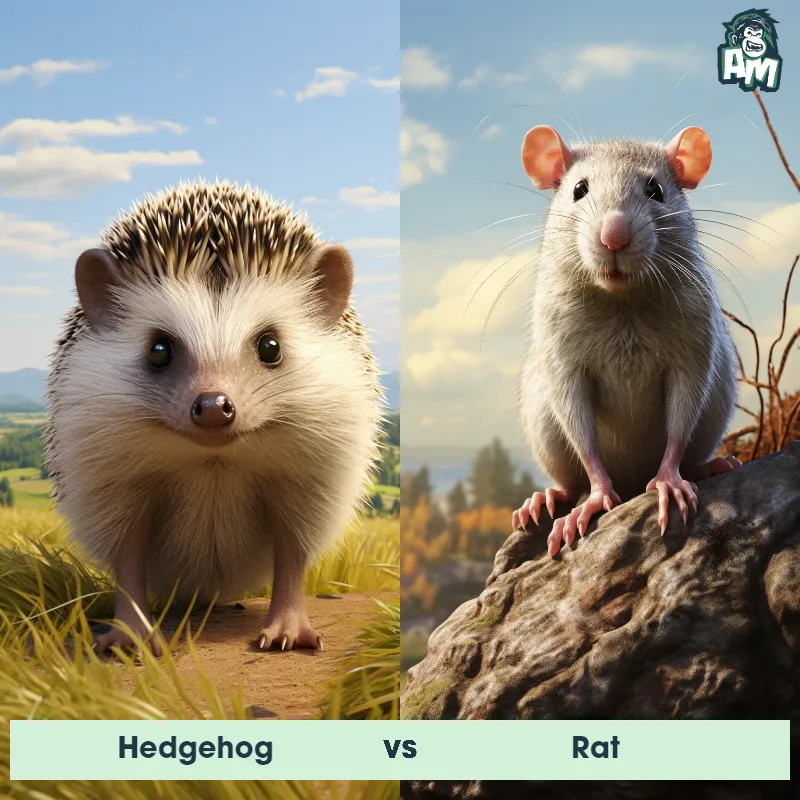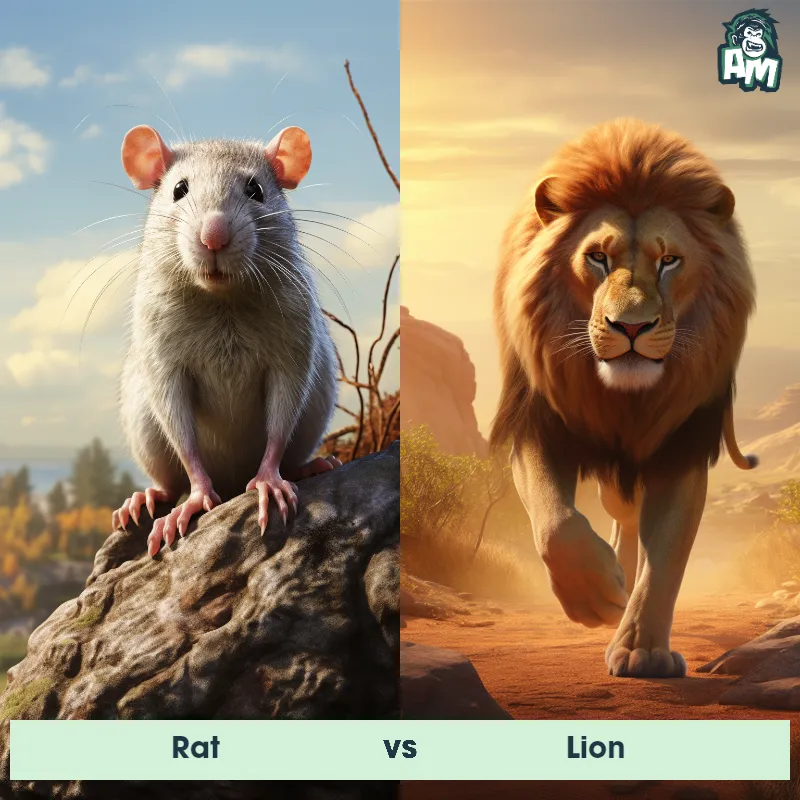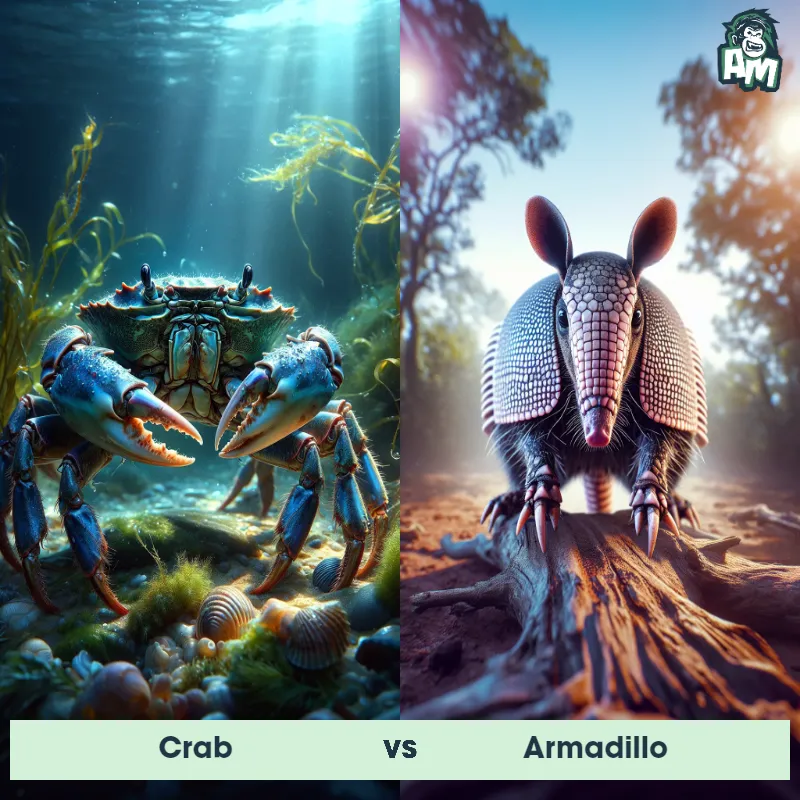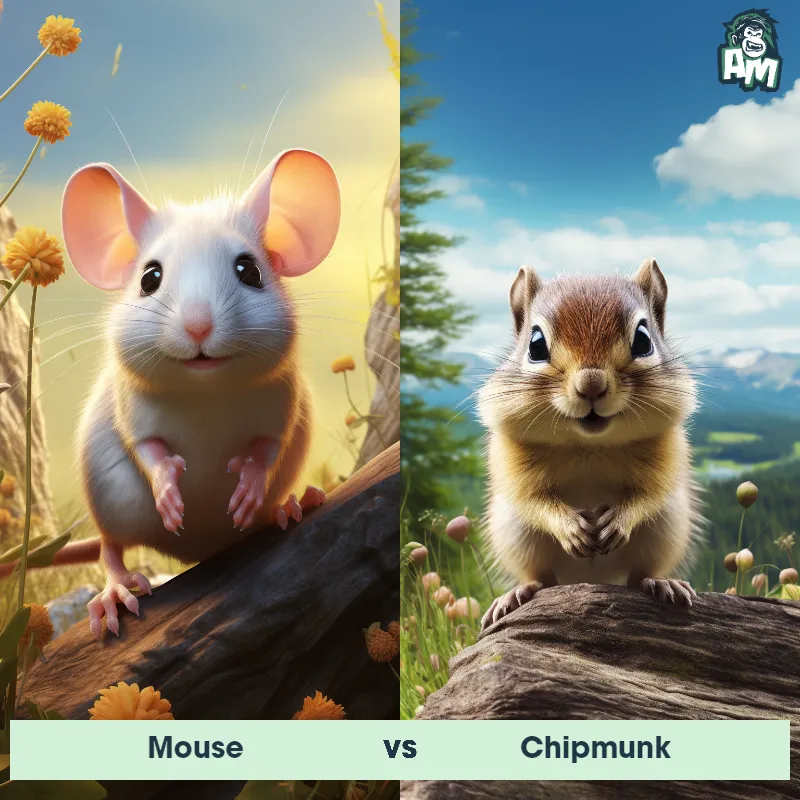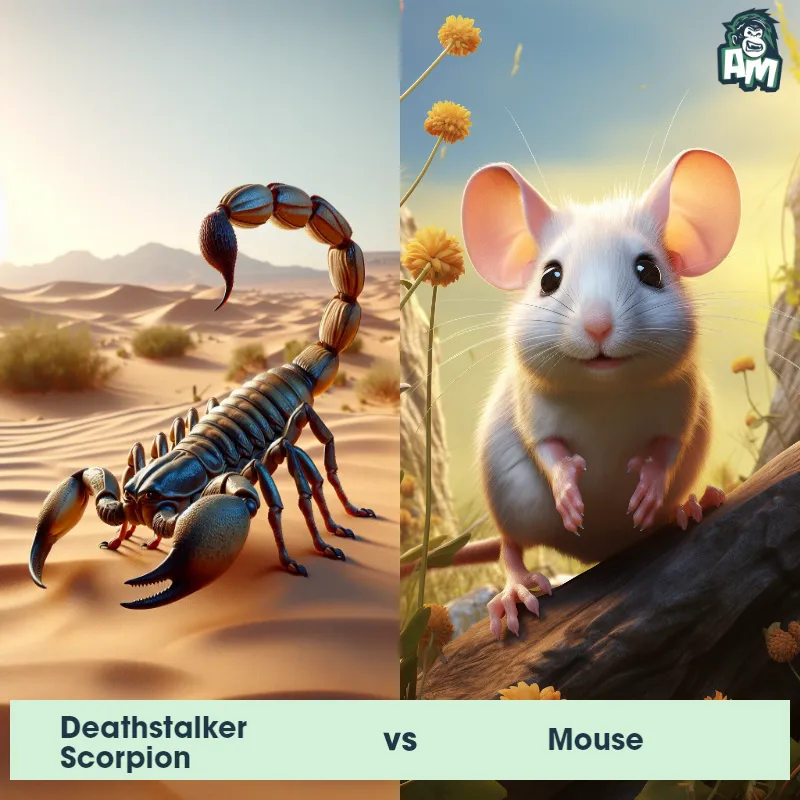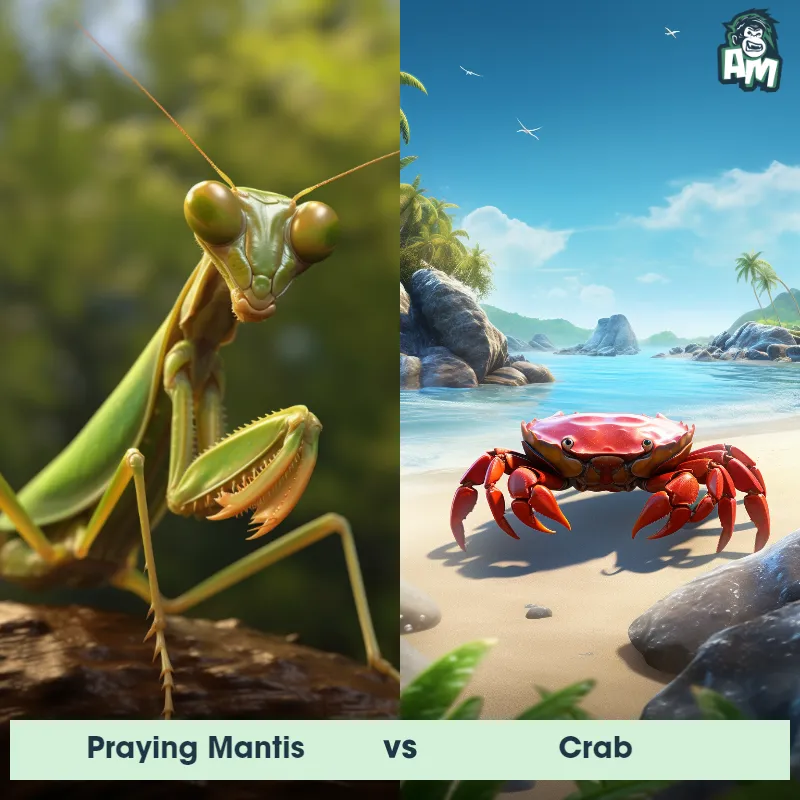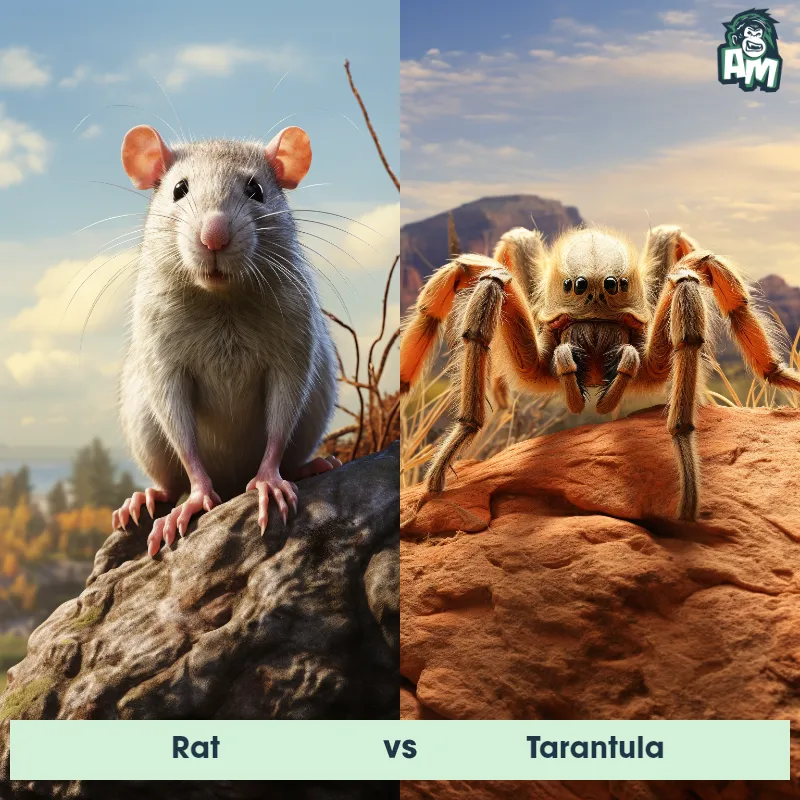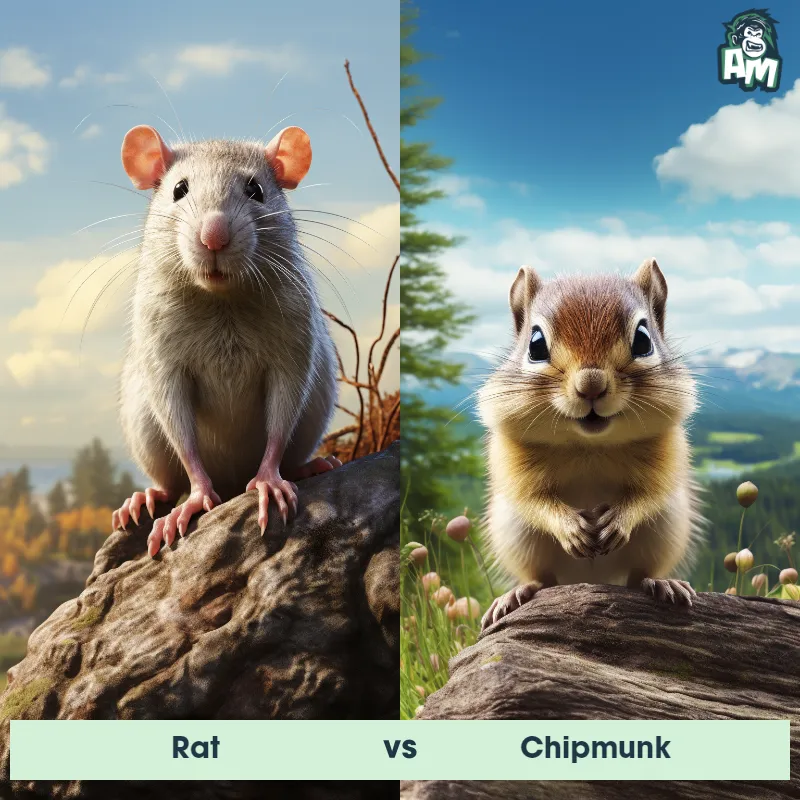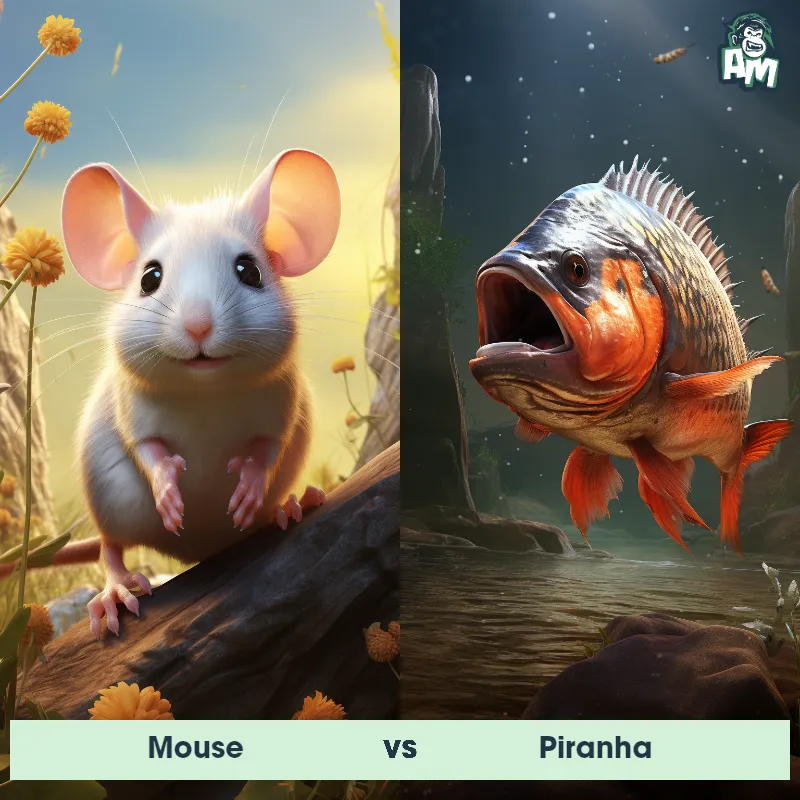Mouse vs CrabSee Who Wins

Welcome, ladies and gentlemen, to this gripping face-off—an unusual showdown between two uncommon combatants—a fierce Crab and an agile Mouse. This tiny yet tenacious duo is about to engage in a riveting three-round battle sure to go down in animal athletics history. Each comes with its own strengths and vulnerabilities. Only time will tell who ultimately seizes the day.
Contender 1: Mouse
The Mouse is a small mammal characterized by its pointed snout, round ears, and long, thin tail. There are over 30 species of mice, but all tend to have a similar size, ranging from 1.5 to 3.5 inches in body length, with tails of similar or slightly longer lengths. Their fur can be a variety of colors, including white, brown, gray, or black, and they are known for their fast reproduction rates. Mice are omnivores, though their diets predominantly consist of plant material like seeds and fruits, as well as insects.
Fun Fact: Mice have a keen sense of hearing and can communicate with each other using ultrasonic calls, many of which are above the range of human hearing.
Contender 2: Crab
Crabs are decapod crustaceans known for their characteristic thick exoskeleton and a pair of robust claws. They vary in size from the tiny pea crab, a few millimeters wide, to the giant Japanese spider crab, with a leg span of up to 4 meters. Crabs are typically found in the ocean, but some species are also found in freshwater or on land. Notably, crabs are known for their sideways walking, a motion that distinguishes them from other crustaceans.
Fun Fact: Crabs communicate with each other by drumming or waving their pincers, which is not just a sign of aggression, but can also be a part of their mating rituals.
Matchup Stats
| Mouse | Crab | |
|---|---|---|
| Size | 1.5 to 3.5 inches (3.8 to 8.9 cm) | Varies from a few millimeters to 13 feet (4 meters) leg span |
| Weight | 0.5 to 1 ounce (14 to 28 grams) | Varies greatly, up to 44 lbs (20 kg) for the largest species |
| Speed | 8mph (13km/h) | 11 mph (18 km/h) |
| Key Strength | Agility and speed | Robust claws |
| Biggest Weakness | Small size and lack of defensive mechanisms | Vulnerable when molting |
Current Votes
Mouse vs Crab
See Who Wins
View More Matches
Looking For More?
Similar Matches
Scientific Stats
| Mouse | Crab | |
|---|---|---|
| Scientific Name | Mus | Brachyura |
| Family | Muridae | Decapoda |
| Habitat | Various, including fields, forests, and human dwellings | Ocean, Freshwater, Land |
| Geography | Worldwide | Worldwide |
| Diet | Omnivorous, predominantly plant material and insects | Omnivores, eat algae, mollusks, bacteria, fungi, and small fish |
| Lifespan | 1 year - 3 years | 1 year - 100 years |
Key Differences between Mouse and Crab
- Appendages: Mouse has four legs of equal length, each ending in small paws with claws, while Crab has ten legs, with two large pincers in the front and eight smaller walking legs.
- Body shape: Mouse has a compact and elongated body with a distinct head, whereas Crab has a broad, flattened body with a hard exoskeleton and a distinct cephalothorax and abdomen.
- Tail: Mouse has a long, thin tail that is typically hairless, while Crab lacks a tail altogether.
- Size: Mouse is typically smaller in size, measuring around 2-4 inches in length, while Crab can vary greatly in size, ranging from a few centimeters to several feet in width.
- Eyes: Mouse has small, rounded eyes located on the sides of its head, while Crab has stalked eyes that protrude from its head, providing a wider field of vision.
- Coloration: Mouse is usually covered in fur, which can vary in color but is commonly brown or gray, while Crab has a hard exoskeleton that can range in color from red, brown, green, or even blue, depending on the species.



